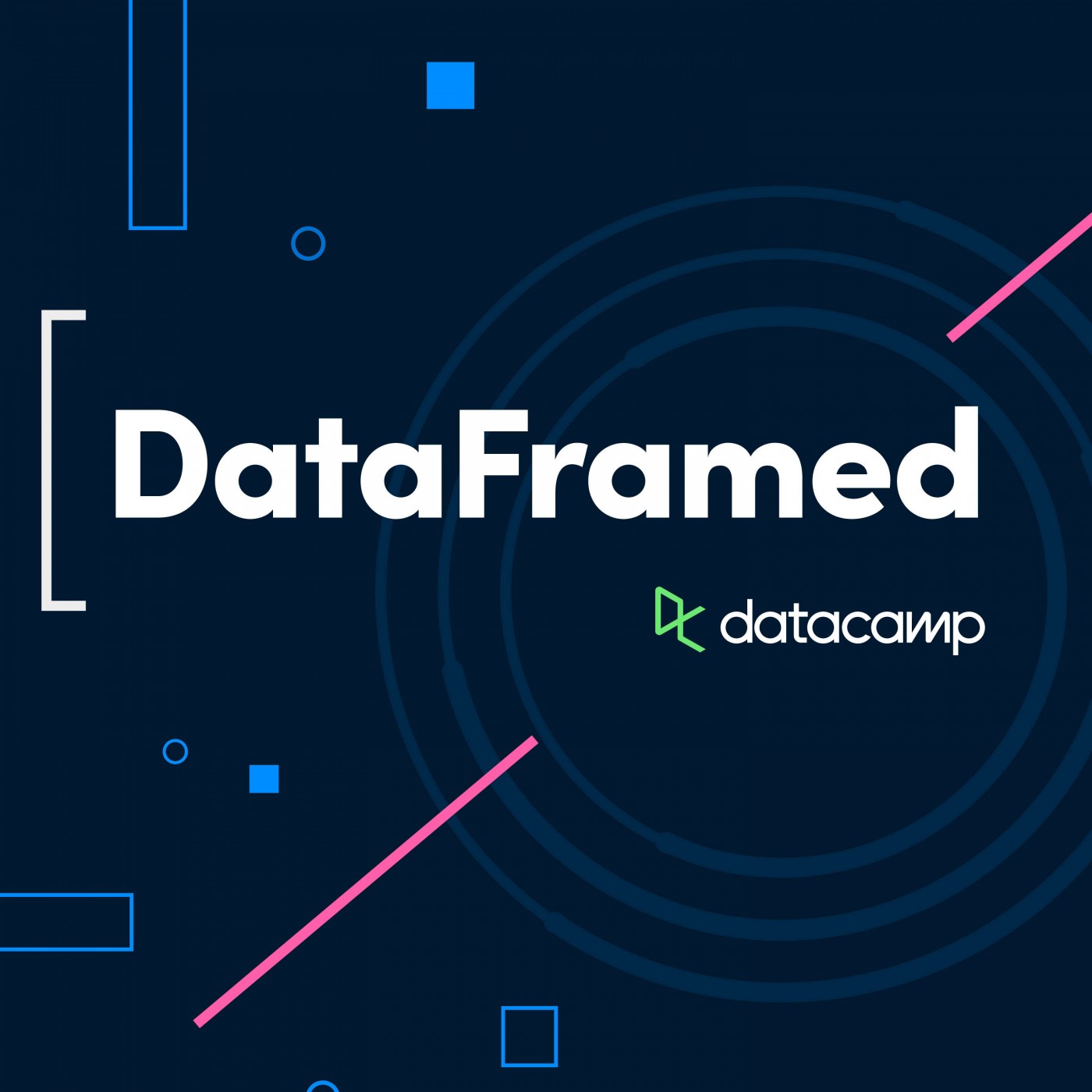
#266 Edge AI with Derek Collison & Justyna Bak, CEO & VP of Marketing at Synadia

DataFramed
Deep Dive
What is the main difference between edge computing and traditional computing?
Edge computing brings computation and data storage closer to the source of data generation, reducing latency compared to traditional cloud computing, which centralizes these processes.
Why is edge computing considered beneficial?
Edge computing reduces latency by placing compute and data closer to where it is needed, enabling real-time decision-making and reducing the need for data to travel long distances to and from the cloud.
What industries are currently benefiting from edge computing?
Industries benefiting from edge computing include manufacturing, connected cars, retail, and live sporting events, where real-time data processing and low latency are critical.
What is the ideal latency for applications involving humans?
For applications involving humans, the ideal latency is around 160 to 200 milliseconds, as the human brain tends to switch context after this threshold.
What challenges arise when migrating applications from the cloud to the edge?
Migrating applications to the edge requires rethinking how they are built to handle intermittent connectivity, limited compute resources, and offline scenarios, which are not issues in the cloud.
What is the role of AI in edge computing?
AI at the edge enables real-time inference, prompt augmentation using real-time data, and multi-model agentic workflows, which are critical for applications like self-driving cars and manufacturing anomaly detection.
What are some practical examples of AI at the edge?
Practical examples include personal AI assistants trained on user data, automating DevOps workflows, and AI-based search engines, all of which are currently in use.
What technological advancements are making AI interactions with robotics easier?
Advancements in hardware, such as NVIDIA's new chips, synthetic data generation, and virtual reality environments for robot training, are accelerating the integration of AI with robotics.
What are the most exciting use cases of edge computing?
The most exciting use cases include self-driving cars, where real-time decision-making is critical, and manufacturing, where edge computing enables real-time anomaly detection and autonomous behavior.
- Edge computing brings computation closer to the data source.
- Reduced latency is a key benefit.
- It offers a balance between local computing and cloud convenience.
Shownotes Transcript
We’re improving DataFramed, and we need your help! We want to hear what you have to say about the show, and how we can make it more enjoyable for you—find out more here).
Edge computing is poised to transform industries by bringing computation and data storage closer to the source of data generation. This shift unlocks new types of value creation with data & AI and allows for a privacy-first and deeply personalized use of AI on our devices. What will the edge computing transition look like? How do you ensure applications are edge-ready, and what is the role of AI in the transition?
Derek Collison is the founder and CEO at Synadia. He is an industry veteran, entrepreneur and pioneer in large-scale distributed systems and cloud computing. Derek founded Synadia Communications and Apcera, and has held executive positions at Google, VMware, and TIBCO Software. He is also an active angel investor and a technology futurist around Artificial Intelligence, Machine Learning, IOT and Cloud Computing.
Justyna Bak is VP of Marketing at Synadia. Justyna is a versatile executive bridging Marketing, Sales and Product, a spark-plug for innovation at startups and Fortune 100 and a tech expert in Data Analytics and AI, AppDev and Networking. She is an astute influencer, panelist and presenter (Google, HBR) and a respected leader in Silicon Valley and Europe.
In the episode, Richie, Derek, and Justyna explore the transition from cloud to edge computing, the benefits of reduced latency, real-time decision-making in industries like manufacturing and retail, the role of AI at the edge, and the future of edge-native applications, and much more.
Links Mentioned in the Show:
- Synadia)
- Connect with Derek) and Justyna)
- Course: Understanding Cloud Computing)
- Related Episode: The Database is the Operating System with Mike Stonebraker, CTO & Co-Founder At DBOS)
- Rewatch sessions from RADAR: Forward Edition)
New to DataCamp?
- Learn on the go using the DataCamp mobile app)
- Empower your business with world-class data and AI skills with DataCamp for business)